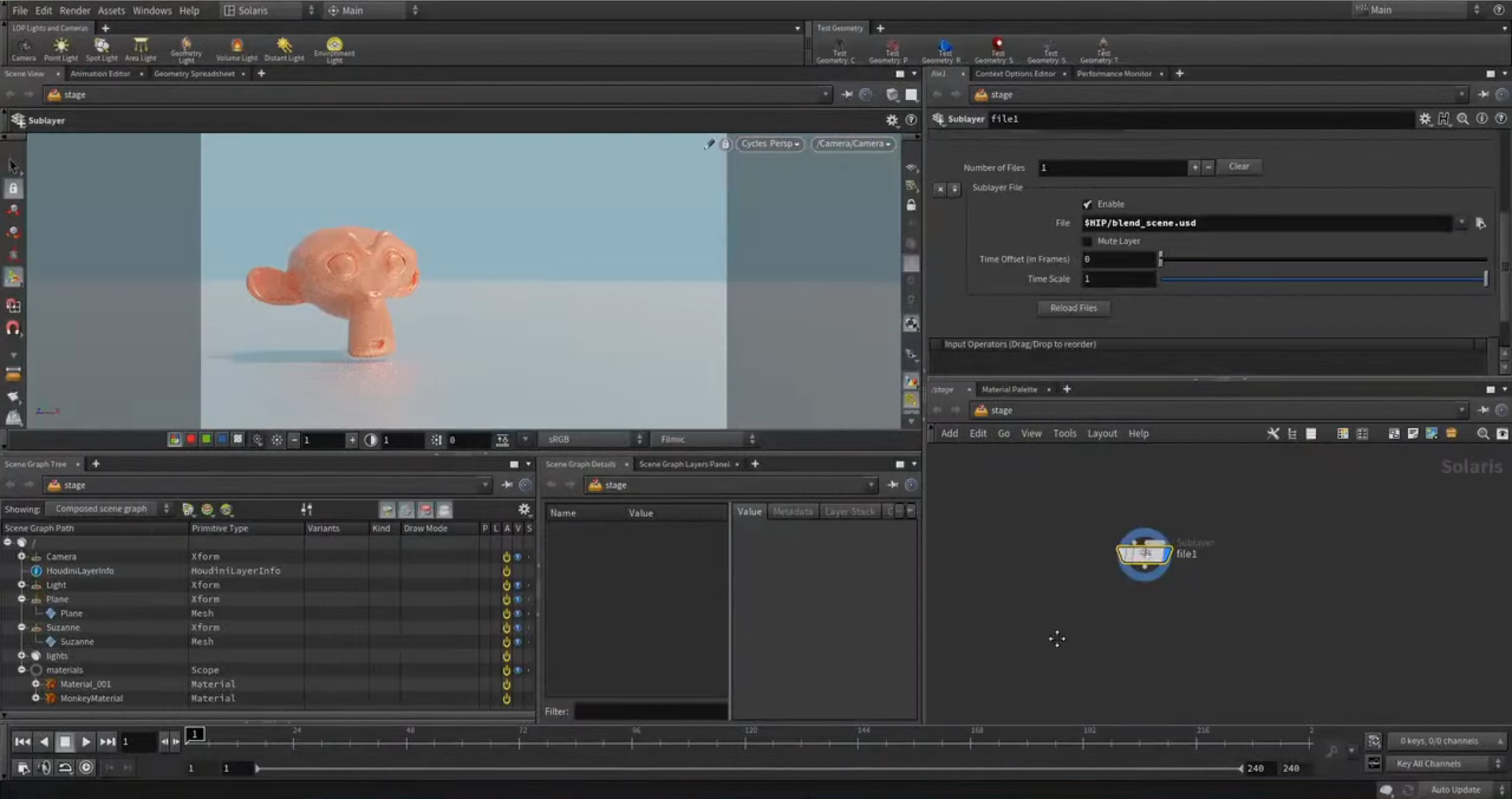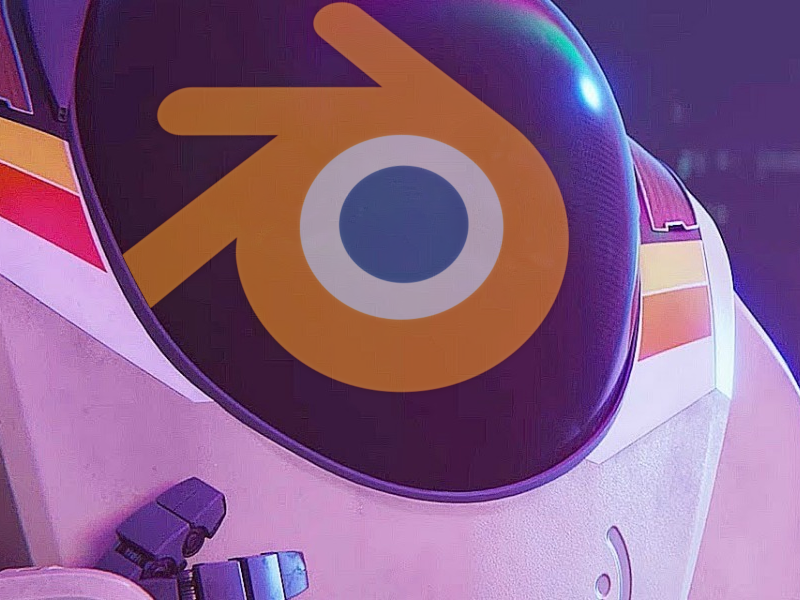Blender has one of the most active, enthusiastic communities of any piece of 3d software out there. There is a lot to love about Blender, especially recently, with the increased pace of development and industry investment. That said, the free and open 3d suite’s biggest weakness has always been viability in professional environments.
This site is ad-free and always will be. Consider supporting us on Patreon if you like our work and want to see more from us.
Getting Blender to play nice with other creative software is difficult. When it comes to external color management, interchange formats like alembic and USD, or standard video production formats, Blender is one of the most closed off 3d programs out there. Which is a shame, because once you manage to get things in or out of Blender, it can make your workflow much easier. Cycles, arguably one of the best facets of Blender’s internal workflow, produces beautiful imagery. With the introduction of its Optix backend, it does so very quickly for an unbiased render engine, too.
Going Through Blender To Get To Cycles
The biggest problem with using Cycles for production is, well, Blender. If you work on motion graphics or FX heavy projects like I do, you probably use Houdini or C4D. In my case, I have to painstakingly structure my projects around blender’s myriad alembic limitations to get anything usable into Cycles from Houdini. If you happen to own a version of Houdini that doesn’t export to alembic, your workflow goes from irritating to nightmarish.
Like many other 3D applications, Houdini supports USD render delegates, which means it uses a universal format to tell the renderer what to do. Unfortunately, as nice as Cycles is, it wasn’t designed with USD in mind, so you couldn’t use it without going through Blender. That is, until Tangent, an award winning 3D production studio, forked Cycles and made it work with USD/Hydra about 3 weeks ago. They’ve named it hdCycles, and it’s available for free on github here.
Why a Cycles USD Hydra Delegate Is Important
This isn’t the first time cycles has been ripped out of blender and used as a plugin. For Instance, Rhino 3D bundles Cycles, and Insydium even sells it to C4D Users for $300. HdCycles goes a lot further than the last two products, though. While it’s only working in Houdini right now, adding USD/Hydra support to cycles means easy integration into anything that can read in or export to USD. The list of applications that implement USD for renders currently includes Katana, Maya, Houdini, Blender (export only), and others.

hdCycles Working in Houdini 18
Once hdCycles reaches a more stable state, it could enable rendering effects shots or special compositions outside of blender, and have them match seamlessly with the scenes you do within blender. No fussing with interchange or trying to make two different renders match in post. In the long term, it could even be the motivation that the Blender dev team needs to fully implement USD Hydra themselves, since someone’s already done half the work for them.
Cycles could end up a de-facto render target for smaller independent studios. While it’s still missing some things, like caustics and thin film, having a no-cost renderer that performs better and renders faster than your native option can do a lot for creators on a budget.
Consider Supporting us on Patreon if you like our work and want a say in what we cover and access to early content. We provide RSS feeds as well as regular updates on Twitter if you want to be the first to know about the next part in this series or other projects we’re working on. If you need help or have questions about any of our articles, you can find us on our Discord.






